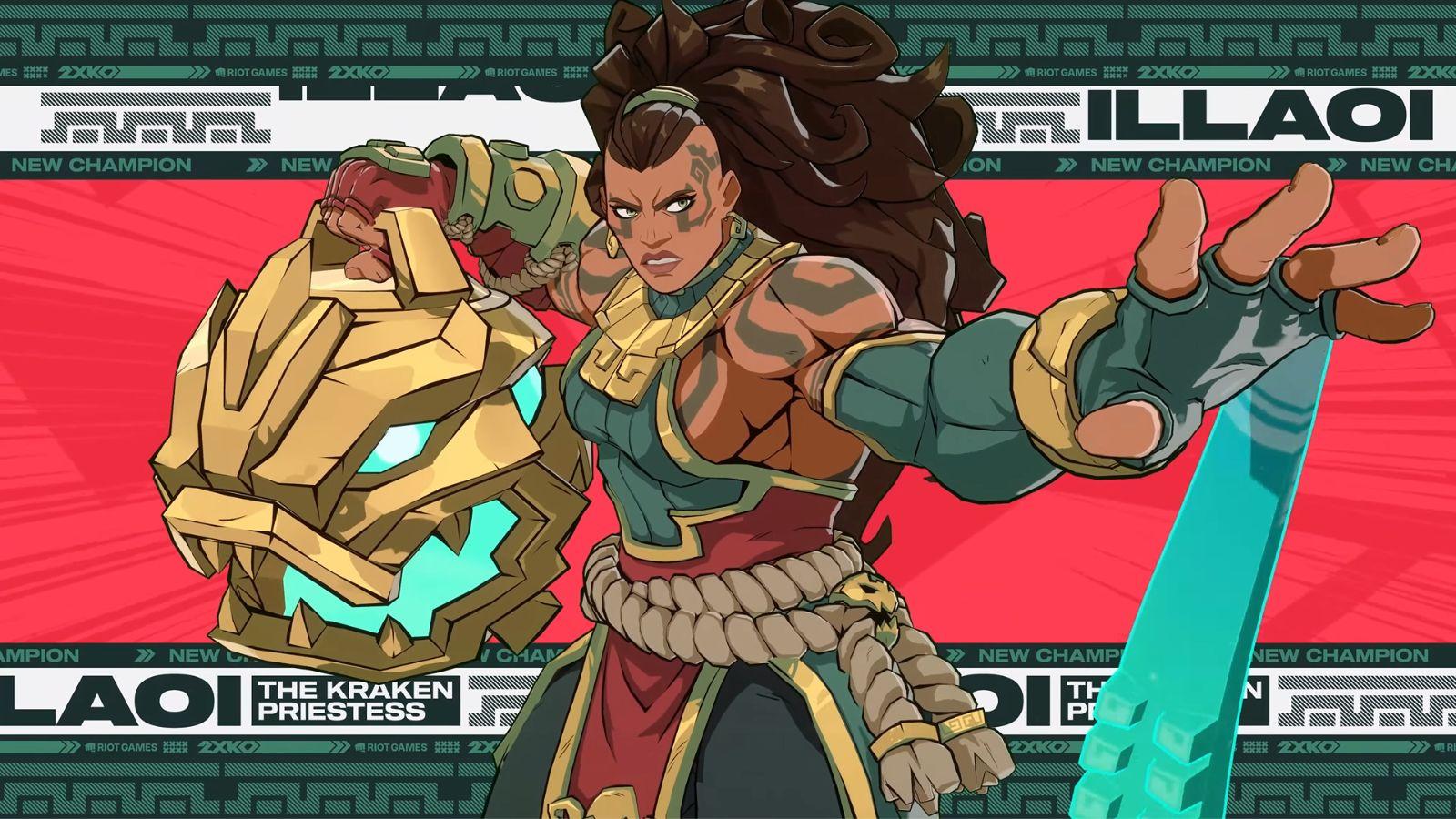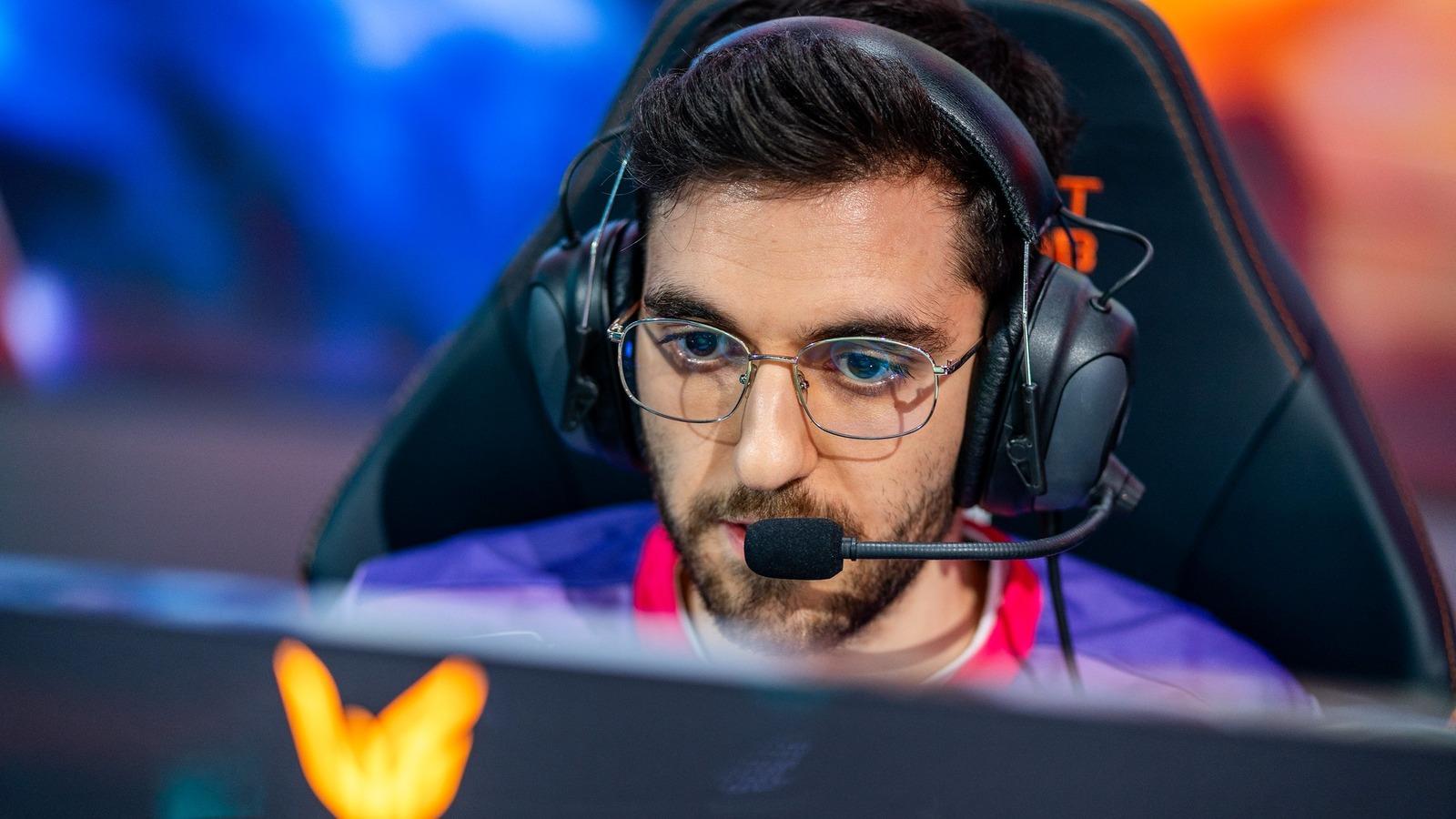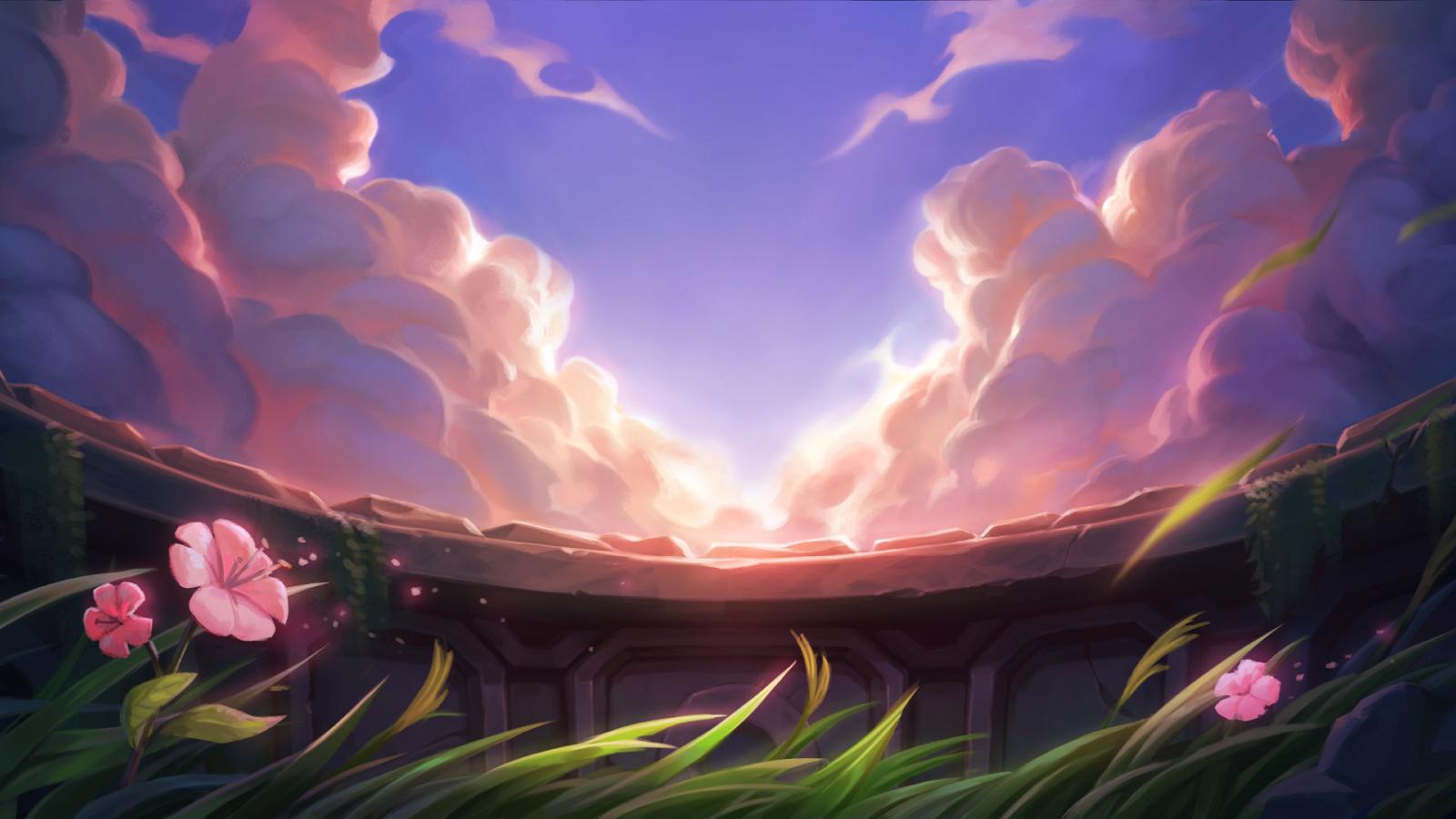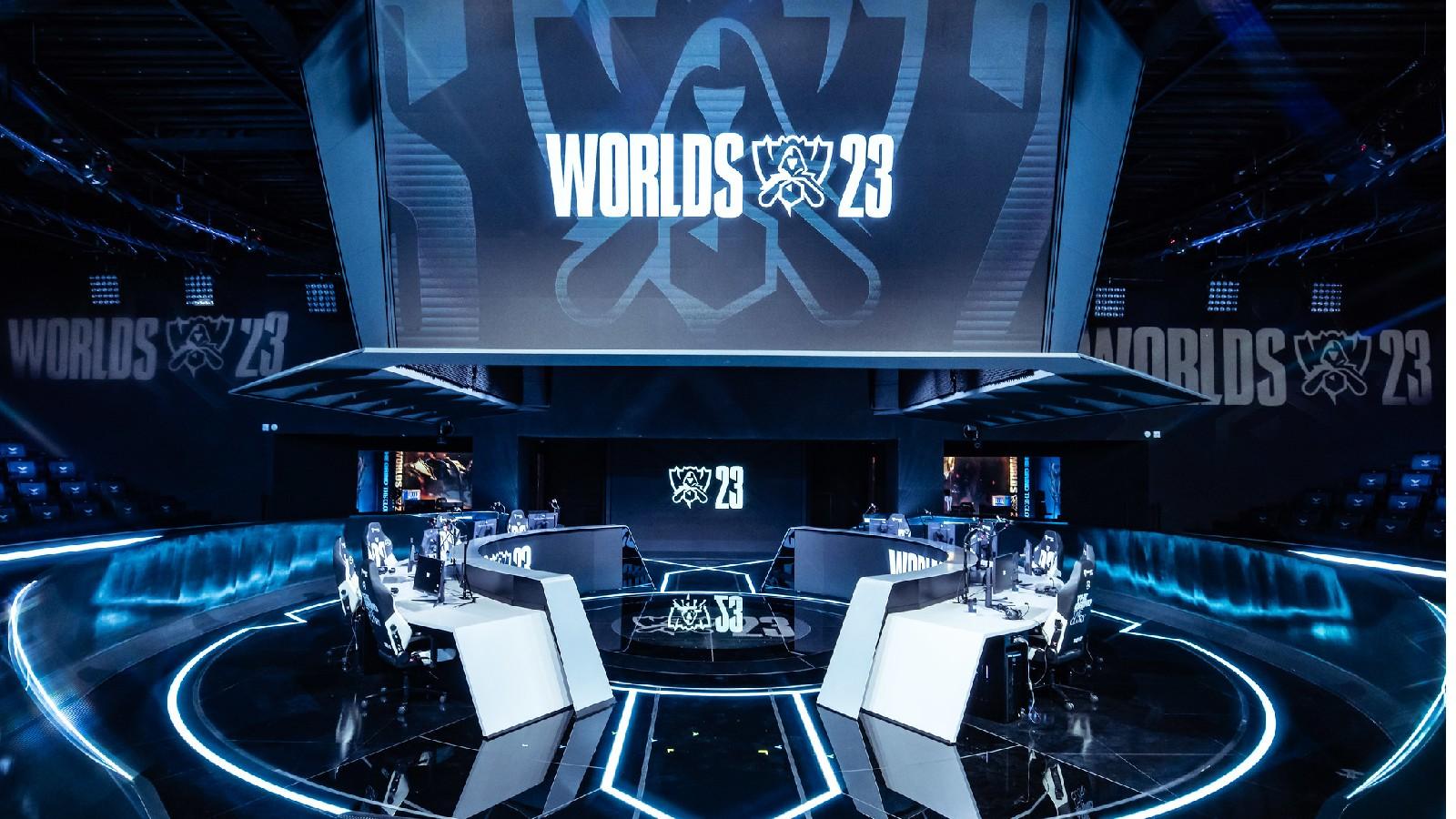Making the Dragonlands: How Riot got creative to bring Dragons to TFT Set 7
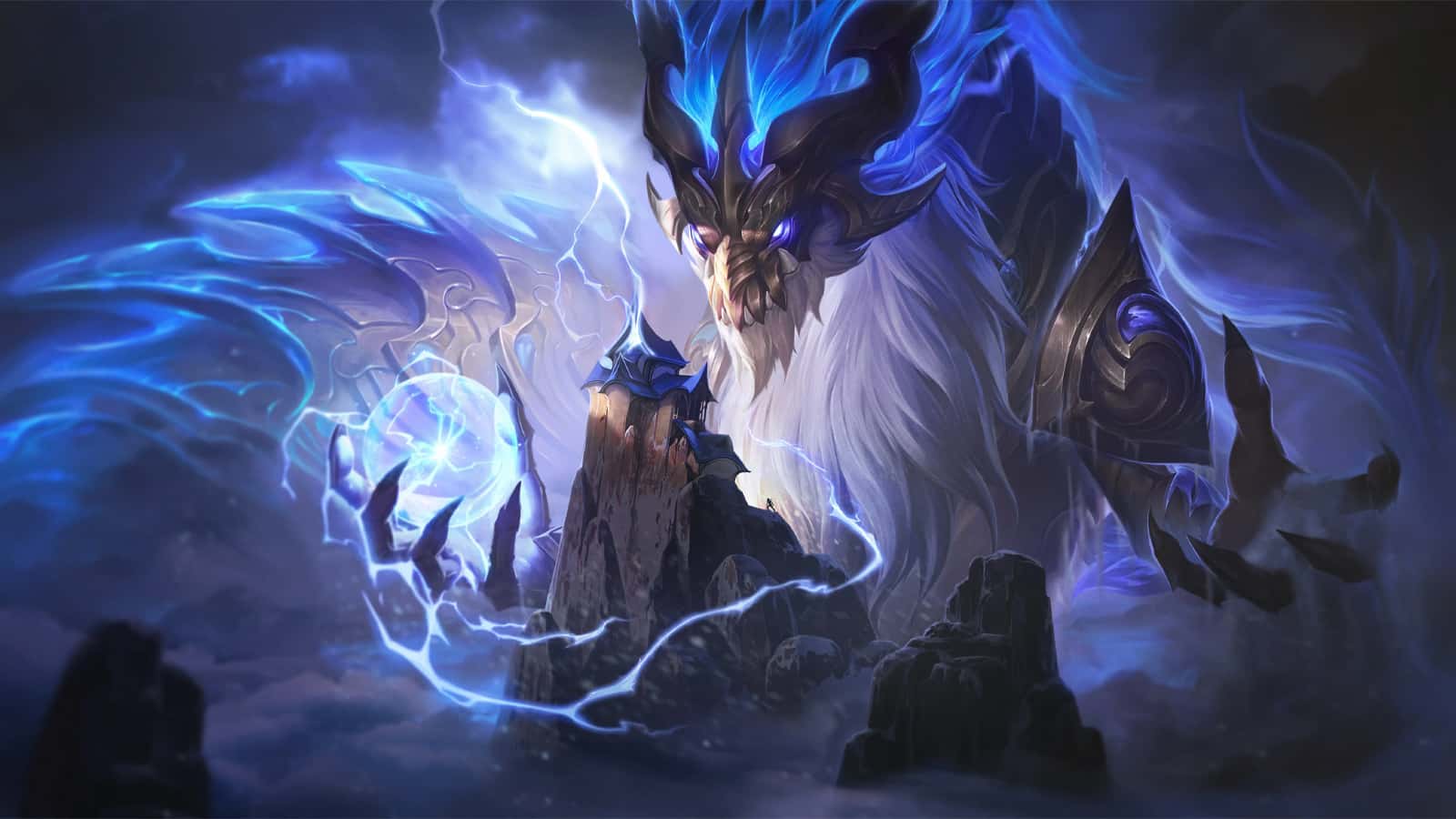 Riot Games
Riot GamesThe core theme of TFT Set 7 and the Dragonlands is, well, the Dragons. However, when designing the expansion, Riot didn’t have a lot to go off from League of Legends. So they got creative, drawing inspiration from very personal sources to make it come together.
While League of Legends is known for its fantastical champions, Dragons are a rare sight on Summoner’s Rift. Yes, there’s the Dragon pit with its rotation of Elemental beasts, but as for champions there’s only two: Aurelion Sol and Shyvana.
So when Riot embarked on the journey through the Dragonlands for TFT Set 7, things were going to have to be a bit different in the Convergence.
Riot has historically leaned on models from League of Legends for ease of development. Silco in TFT Set 6 was the first time the autobattler developers made a fully-fledged unit from scratch. If there were to be bountiful Dragons in TFT Set 7, they were going to have to up the scope ten-fold.
It forced the team to get creative, and in doing so, they drew inspiration from the many meanings dragons have in cultures around the world to build a new universe within Runeterra.
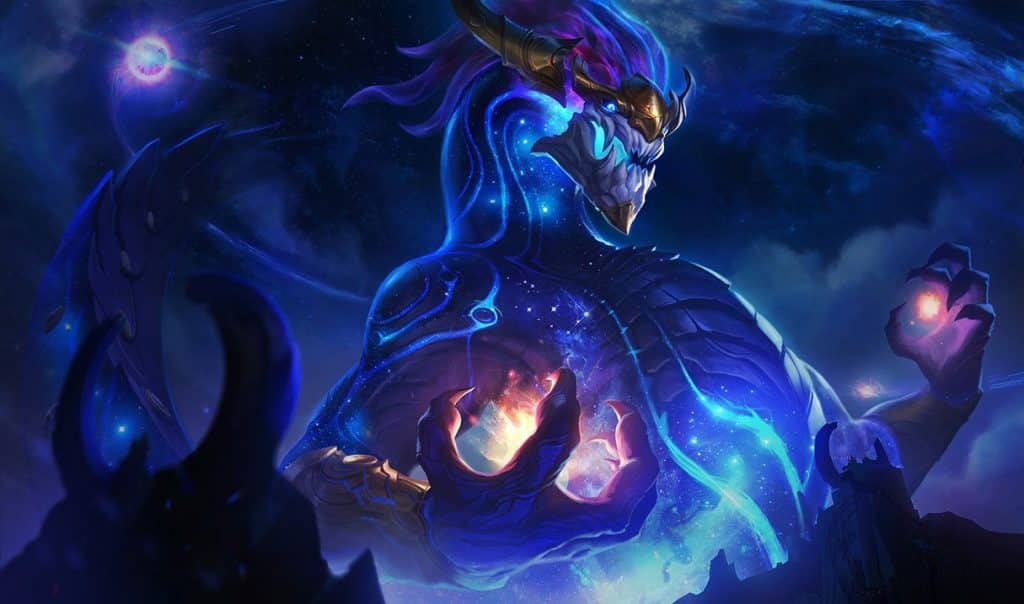 Riot Games
Riot GamesThe origins of the Dragonlands
When TFT Set 7 was early in development, Riot was at a crossroads. They had this amazing idea with Dragons taking over the Convergence, but no real way of implementing it without an insane amount of work.
With the quick turnaround on these Sets — and then a Mid-Set update to worry about at the same time — the developers were under the pump trying to really make the Dragonlands live up to its name.
“Real talk, it was pretty limiting,” lead designer Stephen ‘Mortdog’ Mortimer admitted. “We only had Shyvana and Aurelion Sol, and when we evaluated the set and what we had we still didn’t feel like it was dragon-y enough.
“We had to make a trade-off — did we want to do more dragons with what we had because we didn’t have the time or capabilities to create a bunch of new dragons, or try to get creative to make this set feel really dragon-y?”
Riot ended up choosing the latter, eventually creating a roster of seven Dragons each representing a different realm of the lands. There’s an eighth too — if you consider the Treasure Dragon one as well.
This involved having to repurpose some League of Legends models to fit the bill. Aurelion Sol and Shyvana were easy. So too Ao Shin — given they were a scrapped champion that eventually became Aurelion Sol, with the Storm Dragon skin paying homage to the original design.
The remaining four is where it gets interesting. Daeja and Shi Oh Yu are based on the Dragon Guardian Galio skin, while Idas and Sy’Fen are based off Shyvana’s models. And just as a reminder, Galio isn’t a dragon — he’s a massive stone colossus.
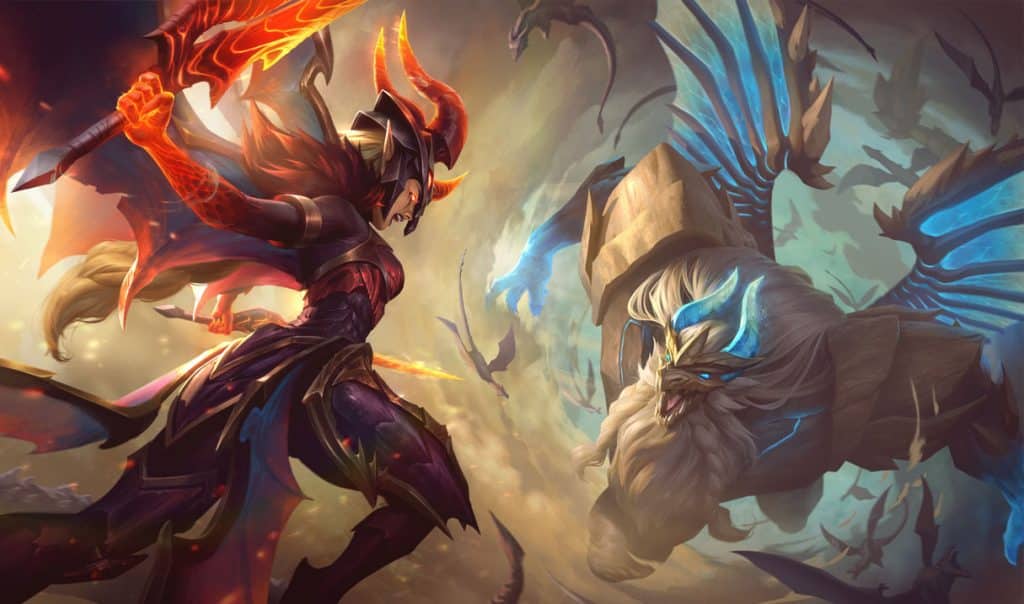 Riot Games
Riot GamesIt does make for some visual clarity concerns, Riot admits, but those get solved in time by playing. What it allowed in terms of world-building and gameplay was worth the tradeoff. One such thing was expanding the lore of the Dragonlands to real-life renditions of dragons in different cultures.
“We were trying to be very conscious of the different types of dragons that exist in different cultures and how do we find a balance to create cool content from the players without diving too deep into one or the other, and that it was a decent balance so we could chase after either element,” producer Christine Lai said.
While not evident right now, how these Dragons fit into Runeterra will become more obvious with cinematics, snippets, and tidbits in-game.
“We worked with [League of Legends’ narrative team] to come up with identities and backstory for all of these dragons,” lead set designer Julie Palu said.
“Some of them, the stories have them coming from Runeterra, some of them are originally from the Dragonlands, there’s a lot of interesting stories there. Hopefully you can see some of that in like the past content — there’s little bits and pieces of narrative floating around in the set.”
Making Dragons mighty beasts in-game
With the Dragons locked in, Riot quickly had to figure out how to work them into the game. They had to feel impactful — it’s the unique set mechanic after all, and it’s in the name of the expansion. They couldn’t just be some regular unit.
After many iterations, what Riot eventually settled on was a Chosen-esque mechanic that made the Dragons big units to chase in vertical comps. Twice the price but three times the power is the motto in essence.
“With Dragons, we want to really create thematic central units that can be built around,” Mortdog said. “They also act as clear onboards for newer players to go vertical, while being flexible to build around — this is why I love Idas for example.”
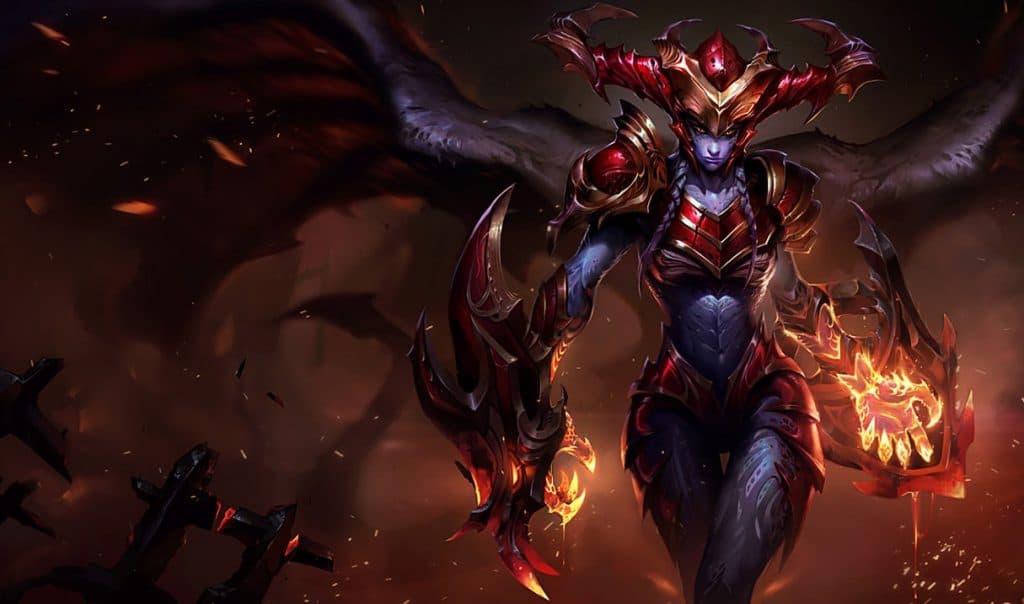 Riot Games
Riot GamesAll of the Dragons are Tier 4 or 5 for a reason too. While Riot initially tested Tier 3 (six-cost) dragons, they were a bit underwhelming for the set mechanic.
Leaning into their high cost, late game nature ended up bringing out the best of the mechanic.
“What we found is that in order to make Tier 3 dragons work, they had to be at such a power level that they weren’t very exciting. Having a six-cost Dragon at Stage 2-1 was just oppressive,” Mortdog said.
“By centering around four and five-costs, we got this exciting build up over the course of the game where you start off playing TFT normally, and then it’s like “oh sh*t, the Dragons are here,” leading into full-on Dragon warfare.”
The Dragons system is still a work in progress as TFT Set 7 hits PBE. Riot hasn’t finalized how the three-star variants will work — the developers really want them to be basically a game-winning affair if someone hits one.
There are a lot of drawbacks to Dragons too that Riot wants players to be aware of. Just because they’re the mythical beasts of the Dragonlands, it doesn’t mean they can’t be slain by the Scalescorn or other tribes.
“They’re not CC immune, they’re very vulnerable to Zephyr, they have some big weaknesses,” Mortdog listed off. “A lot of people seem to think that whoever gets the Dragon first wins, but that’s definitely not the case. There’s a lot of good comps that don’t involve Dragons.”
However, one thing is for sure: the Dragonlands are just another stop of the wild journey Riot is taking players on through TFT’s Convergence. What comes next is ultimately limited by the developer’s imagination — and maybe some pesky production timelines too.
“We will for sure continue to make our own worlds across the Convergence in tons of unique spaces,” Mortdog concluded. “We’re really only limited by our imagination.”
